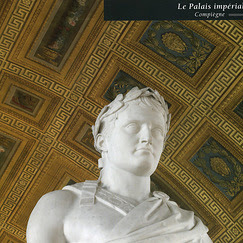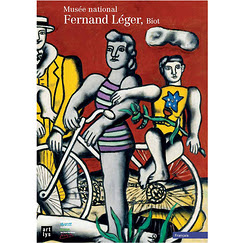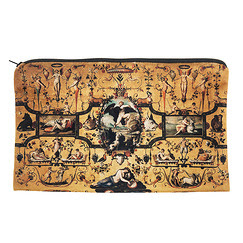Editor: if only the wind would stop blowing, then our beach restaurants are a perfect way to spend a summer day. The following are accounts of Jane and Katharine at the beach for the day. We hope it will inspire other reviews of your summer day at the beach, especially once the wind drops and we move into our customary August hot days. Please send your own accounts, and/or photos, to:
awg.scriveners@gmail.com.
Jane kicks off with A Holiday in a Day.

LA PAILIOTE BAMBOU
Le Grand Travers
La Grande Motte
http://www.lapaillotebambou.
A holiday in a day - that's the 'Bambou' experience! I LOVE this pailiote. The day begins with parking your car in their private car park. If you have had your car keyed whilst being parked at the beach like I have, you will appreciate this service. Two parking attendants will look after your car and when you leave the pailotte, a message will be conveyed back to the car park and your car will be moved to the exit and the air conditioning turned on!
The pailiote is about a hundred metres from the car park - a huge white 'tent' housing a bar, seating areas and a restaurant but most people go to the Bambou for a few hours on a 'transat' (lounger). The deal they offer is a lounger for the day, plus a copious, delicious salad and one drink for €25. You must book in advance and on arrival, once checked in, a 'plagiste' will take your bag and lead you to your lounger and parasol.
I do not know how many loungers are available but seemingly quite a lot and the punters are young people (some only a few months) upwards. Service is good and attentive.
The sea is a few paces away but if you prefer a stroll, the Grand Travers is a huge and very wide beach.
Some friends took advantage of the massages offered nearby and raved about them.
Basically, it's a day of sheer luxurious comfort and actually, a very good deal.
Katharine went to Le Carre Mer, along the étang from Palavas towards Villeneuve-Les-Maguelone
- Carré Mer
- Address: Route de Maguelone, 34250 Palavas-les-FlotsPhone:04 67 42 06 96I (along with Jane) was introduced to Carré Mer by Sylvia, on a May day when holiday visitors had not yet arrived, nor had very hot weather. The waiters brought us soft blankets to keep off the chill - a nice touch. This summer, Phil and I, two of our sons and their respective girlfriends, were there for lunch on Bastille Day, July 14th. Madness, you might have thought, on a busy public holiday.But in fact our lunch was serene in all respects. The menu was interesting (this is a pop-up beach restaurant, remember) including tuna tartare, grilled calamari, panna cotta, an enormous tiramisu - it's owned by the Pourcel Brothers of Jardin des Sens, and the quality of the food was fine (it's a beach restaurant ....). Service was excellent, although they didn't seem to be chilling a lot of their rosé wines which on a hot day is probably a good idea.
 Not surprisingly, it's a Mediterranean restaurant, and it fulfils the promise: a gorgeous terrace, whose tables are protected by a bamboo-screening from the midday sun; kid-friendly, although it is adjacent to Villeneuve's naturist beach, so you all might want to screen your view from the people darting around with no clothes on, who shouldn't be; plenty of tables inside the wooden building, decorated with vintage white birdcages, if you don't wish for the sun's glare over lunch. You could sit and look at the sea endlessly, which has to be the most effective anti-depressant in this world. There are mattresses and parasols on the beach in front of the restaurant (Mattress + parasol €10-12 a day) and a boutique close to the acceuil with interesting Moroccan crafts/jewelry/beach blankets. The huge carpark is €4/day, and is not validated by the restaurant (but there's space, which on a hot summer's day is worth paying for). Very easy access to the (public) beach if you don't wish to go the mattress route. It's open 7 days/week.
Not surprisingly, it's a Mediterranean restaurant, and it fulfils the promise: a gorgeous terrace, whose tables are protected by a bamboo-screening from the midday sun; kid-friendly, although it is adjacent to Villeneuve's naturist beach, so you all might want to screen your view from the people darting around with no clothes on, who shouldn't be; plenty of tables inside the wooden building, decorated with vintage white birdcages, if you don't wish for the sun's glare over lunch. You could sit and look at the sea endlessly, which has to be the most effective anti-depressant in this world. There are mattresses and parasols on the beach in front of the restaurant (Mattress + parasol €10-12 a day) and a boutique close to the acceuil with interesting Moroccan crafts/jewelry/beach blankets. The huge carpark is €4/day, and is not validated by the restaurant (but there's space, which on a hot summer's day is worth paying for). Very easy access to the (public) beach if you don't wish to go the mattress route. It's open 7 days/week.






































